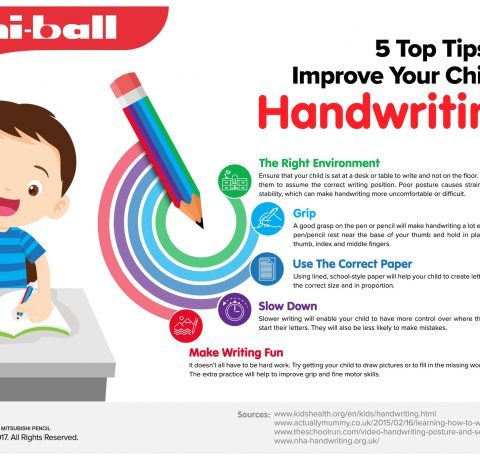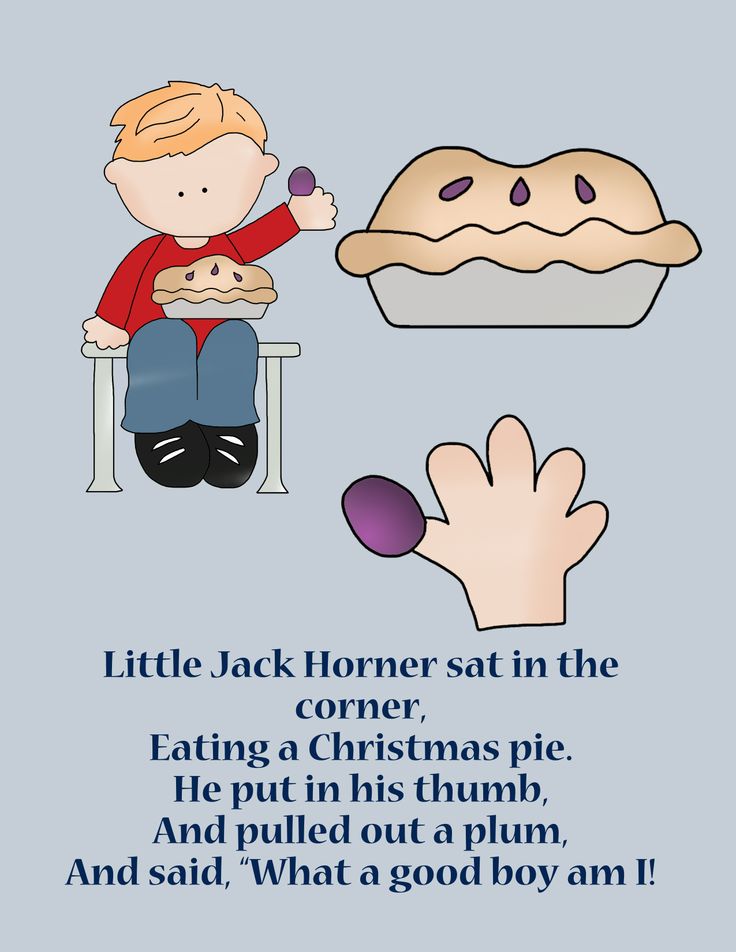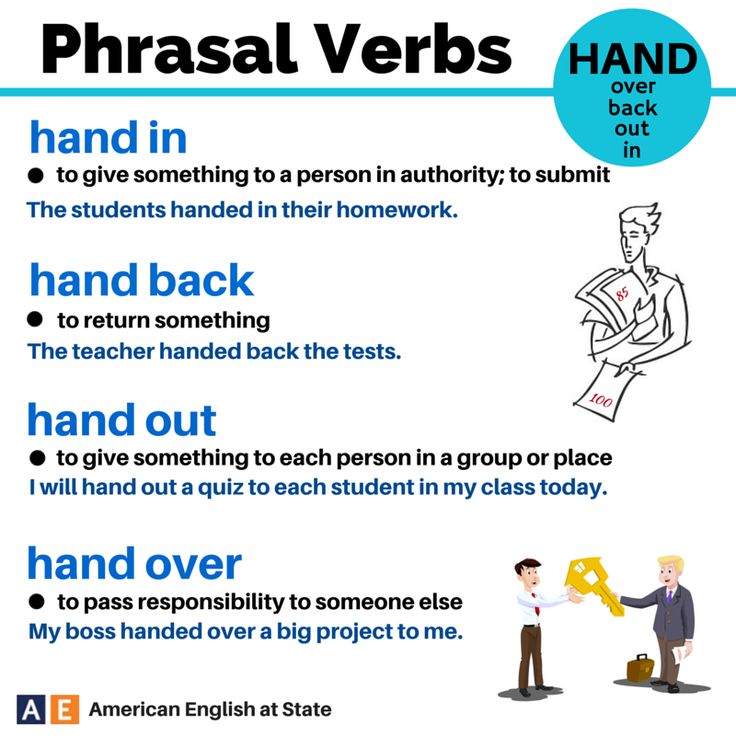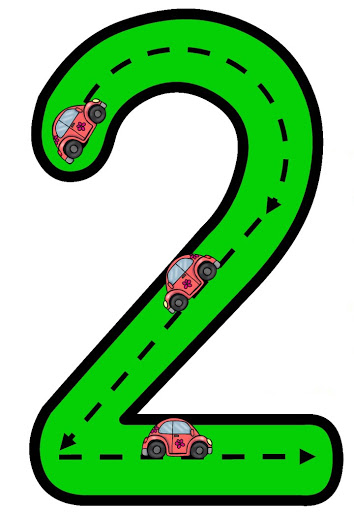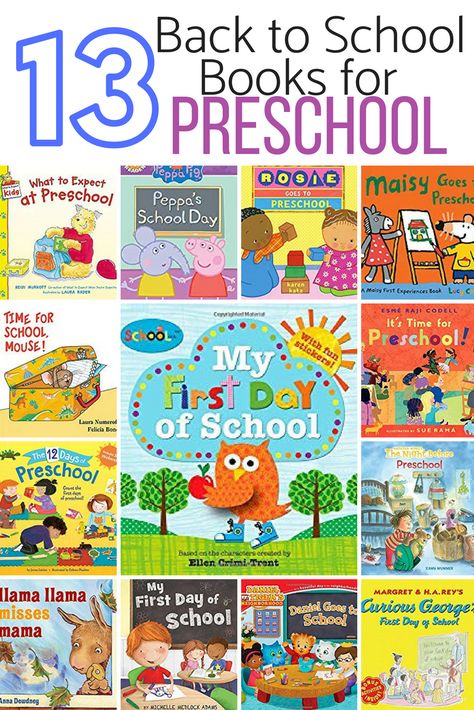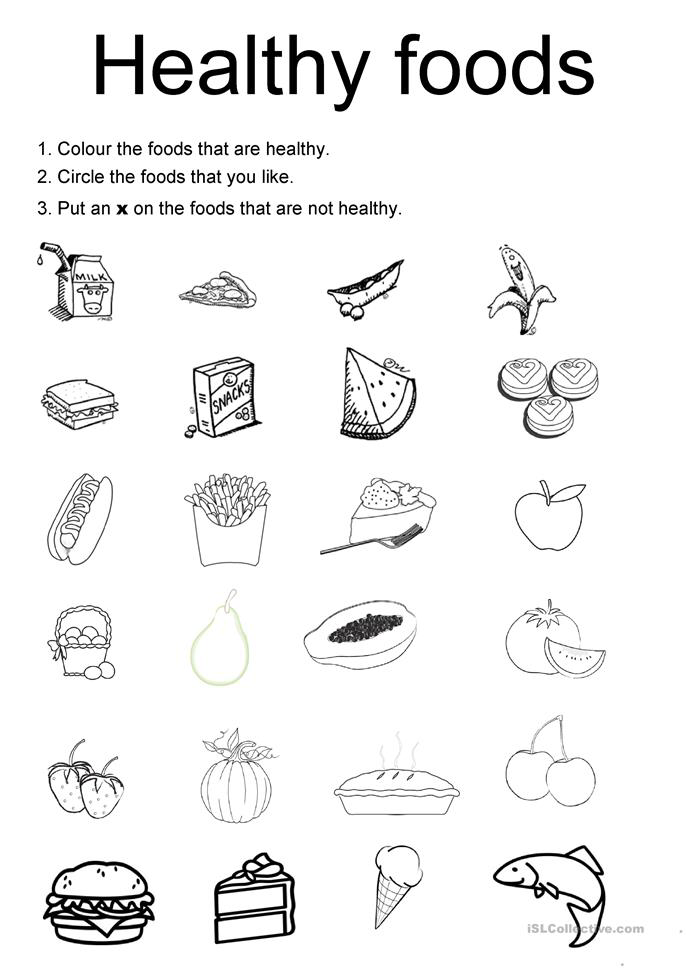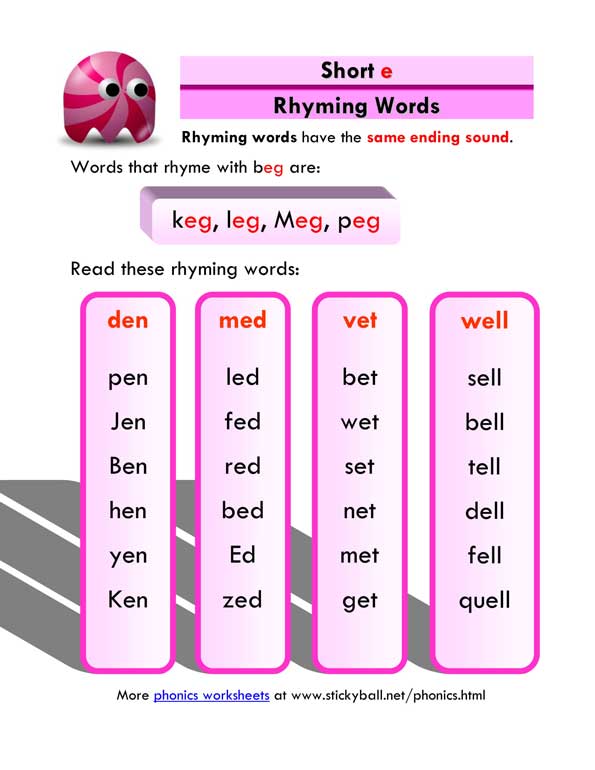Beginner reading words
The Perfect Sight Word List For Beginner Readers.
Children in their first years at school, who learn the sight word list below, will have an excellent start to reading and writing.
Initially this process takes time, often months. That's why teachers introduce lists like this to children, gradually, when they first start school. But it doesn't hurt them to recognise a few words before then, if they are ready to learn them.
Sight Word List
The list of sight words below is broken into groups. Each group consists of 10 words.
There are several lists available for teachers to use. But they are virtually identical as they are composed of words children most frequently use.
The list below covers 80 of the first sight words your child will need to know.
The trick is to ensure your child recognises the words in one group before starting another. But as I mentioned before, this doesn't happen immediately. So don't feel you need to put pressure on your child or you'll switch off their desire to learn. If you're helping them at home, keep it light.
At the end of this article I will explain how you can gently introduce some of these words to your child so they learn them without pressure.
Don't be concerned if your child finds the list below too difficult at this stage. They may only manage the first group of words. Or they may not be ready for them at all. If that's the case, wait for their teacher to guide you.
|
|
|
|
More About Sight Words
Your child needs to learn these word by sight rather than decode them.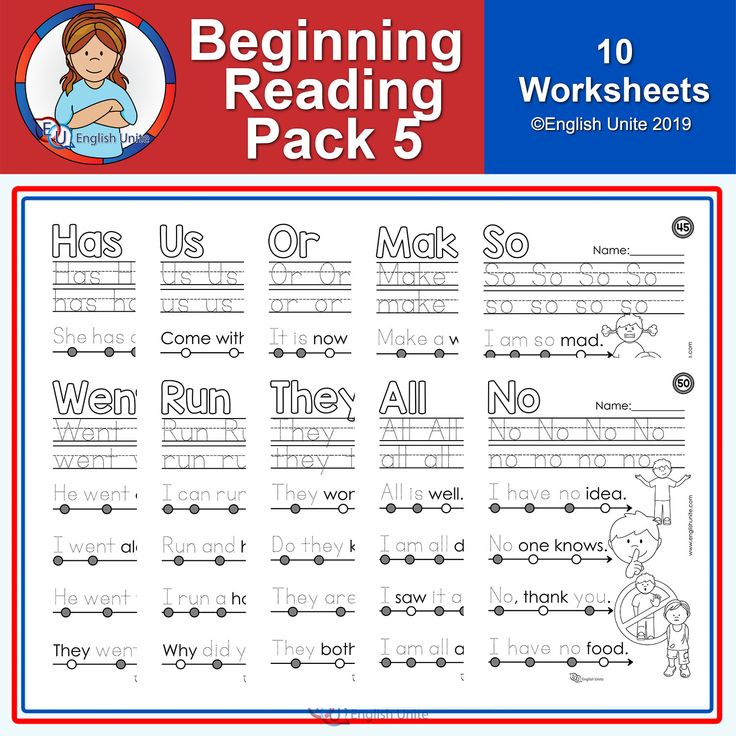 That means they may need to see them many, many times in order to memorise them.
That means they may need to see them many, many times in order to memorise them.
You may be asking yourself about now
- what exactly is a sight word?
- why are they so important in reading?
- how do you know what is a sight word and when do you sound out a word?
If you want to know more, click on my article What Are Sight Words? There you'll get answers you need. At the same time you'll see how it's affected an adult student of mine who hasn't ever known them!
Introducing Them To Your Child
Here's a great way to introduce sight words.
- Print off two copies of the sight word list.
- Cut two copies of the group One words starting the word 'I'.
- Cut each of the words individually.
- Place one set of the words in front of your child. You keep the other.
- Hold up one of the words
- Read it to your child and ask them to find the matching word. (They will study the shape of the letters and hear the word associated with them.
 )
) - When they find the matching word, repeat the word. Say: "Yes, that word says ...... Can you tell me what the word says?" (This reinforces and matches in their brain the visual appearance of the word with how the word sounds.)
Play this game often and you'll find your child will become increasingly comfortable with these words. Gradually they will memorise them. They will then build up an invaluable bank of everyday words for reading and writing.
If you are struggling to engage your child, click on my phonics games page. There you'll find out how important it is to make learning fun. Plus great activities you can do at home to breathe life into learning literacy skills.
Go From Sight Word List To Literacy Lessons
Go To Phonics Literacy Homepage
Phonics Activities, Sight Words Activities, & More!
Using hands-on, interactive
Reading Activities are a fun way for kids to learn and practice the different reading skills as they learn how to read and develop into emergent readers.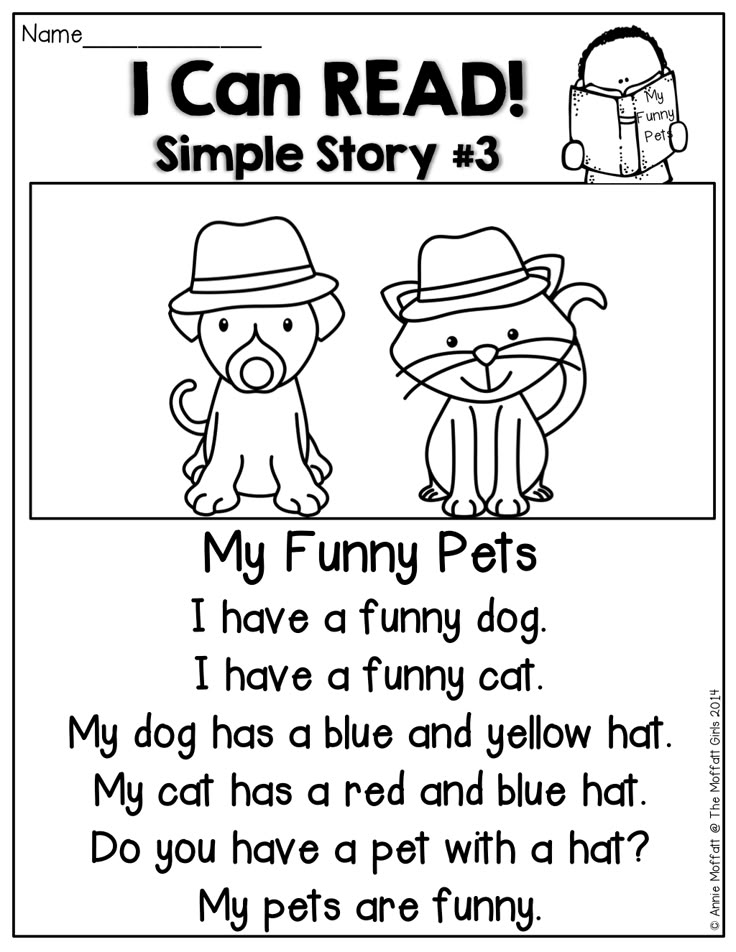
Reading Activities for Beginning Readers:
After your kids know the 5 pre-reading skills, they will begin to learn more advanced reading skills.
From beginning sounds to sight words, your children will continue to build on what they have learned and will develop the skills they need to become readers.
Beginning Sounds:
If your kids have can identify the letters of the alphabet, it’s time for them to begin learning the letter sounds.
These interactive resources will help your kids practice the sounds at the beginning of a word.
Animal Beginning Sounds Clip Cards
Hammering Beginning Sounds Activity
Magnetic Letter Beginning Sounds
Beginning Sounds Bingo Game
Mitten Beginning Sounds Activity
Rocket Beginning Sounds Activity
Ice Cream Beginning Sounds Activity
There Was An Old Lady Who Swallowed A Beginning Sound Activity
Phonics Activities:
After they know all of the letter sounds, your kids will learn more complex phonics skills like blends, digraphs, and r controlled vowels.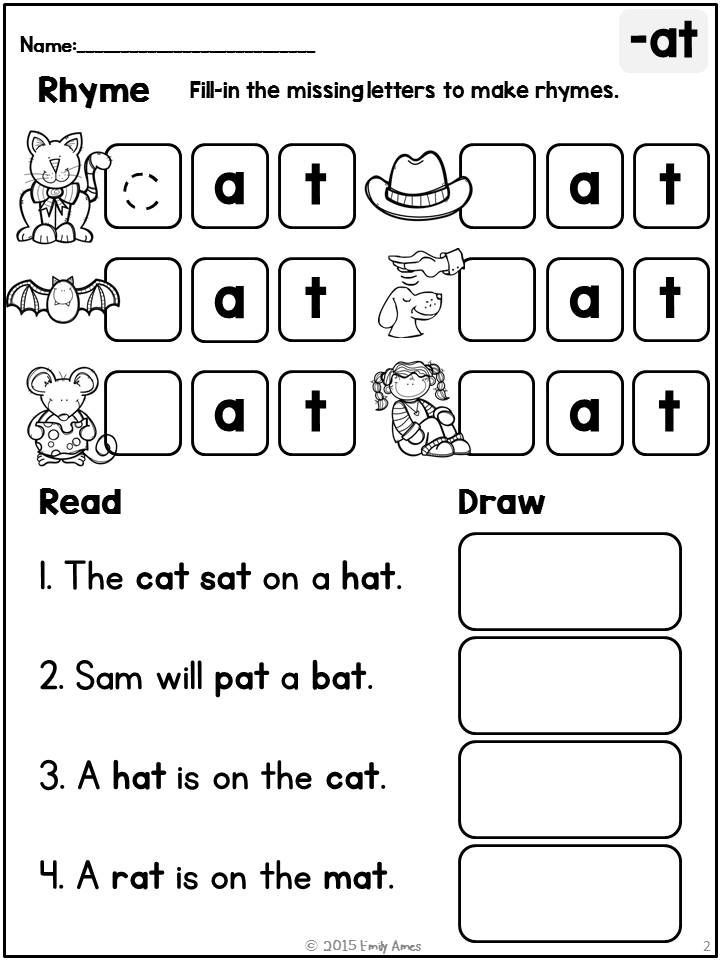
These fun resources will help your children learn these skills as they develop into emergent readers.
Beginning Digraphs Write The Room
Syllable Clip Cards
CVC Words:
CVC words are the simplest words for beginning readers because each letter makes its sound so they can decode and sound it out.
These hands-on activities will make learning how to read words fun for your kids!
CVC Word Puzzles
Penguin CVC Words Activity
Magnetic Letter CVC Words Activity
Leprechaun CVC Words Activity
Sight Word Activities:
To become fluent readers, your kids need to learn sight words and high frequency words. Using engaging activities is a fun way for your children to learn these challenging and common words.
Kindergarten Sight Word Bingo Game
Magnetic Letter Sight Word Stick
Fish & Seaweed Sight Word Activity
Play Dough Sight Word Cards
Dinosaur Mud Sight Word Writing Tray
Sight Word Secret Code Puzzles
Sight Word Stamps
Building Blocks Sight Word Box
Printable Books:
Printable books are simple, little paper books that you can print for your kids.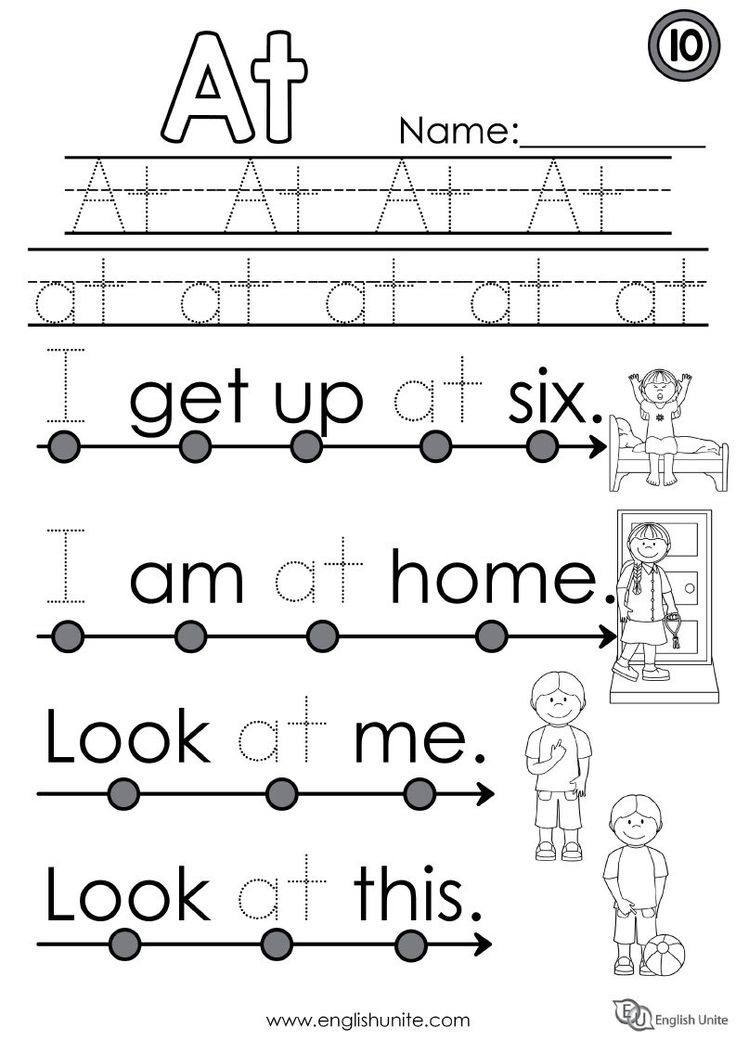
Your pre-readers and beginning readers can use these books to work on a variety of concepts concepts of print, sight words, and much more!
My 5 Senses Printable Book
Zoo Animals Cut & Paste Book
Easter Bunny Cut & Paste Book
Life Cycle of a Pumpkin Book
Turkey Cut & Paste Book
Gingerbread Man Cut & Paste Book
Arctic Animals Cut & Paste Book
Snow Cream Printable Book
Sequencing Activities:
Sequencing activities help your beginning readers practice sequential order, comprehension skills, and much more!
These hands-on resources will help your kids practice these reading skills as they become emergent readers.
There Was An Old Lady Who Swallowed Some Books Sequence Stick
There Was An Old Lady Who Swallowed A Bat Sequencing Activity
The Mitten Sequencing Activity
There Was An Old Lady Who Swallowed A Bell Sequencing Activity
There Was An Old Lady Who Swallowed A Turkey Sequencing Activity
Sundae Sequencing Worksheets
There Was An Old Lady Who Swallowed Snow Sequencing Activity
Months of the Year Sequencing Activity
More Reading Activities:
Reading Number Words Activity
Wocket Pocket Real & Nonsense Word Sort
These Reading Activities will help your beginning readers learn and practice the skills that they need to learn how to read and become emergent readers!
Pin It For Later:
Do you want to save these reading activities for later? Pin this to your reading board on Pinterest and it’ll be here for when you’re ready!
More Literacy Resources:
Learning the ABC’s
Pre-Reading Skills
Book Lists for Kids
Teaching a child to read Russian in whole words.
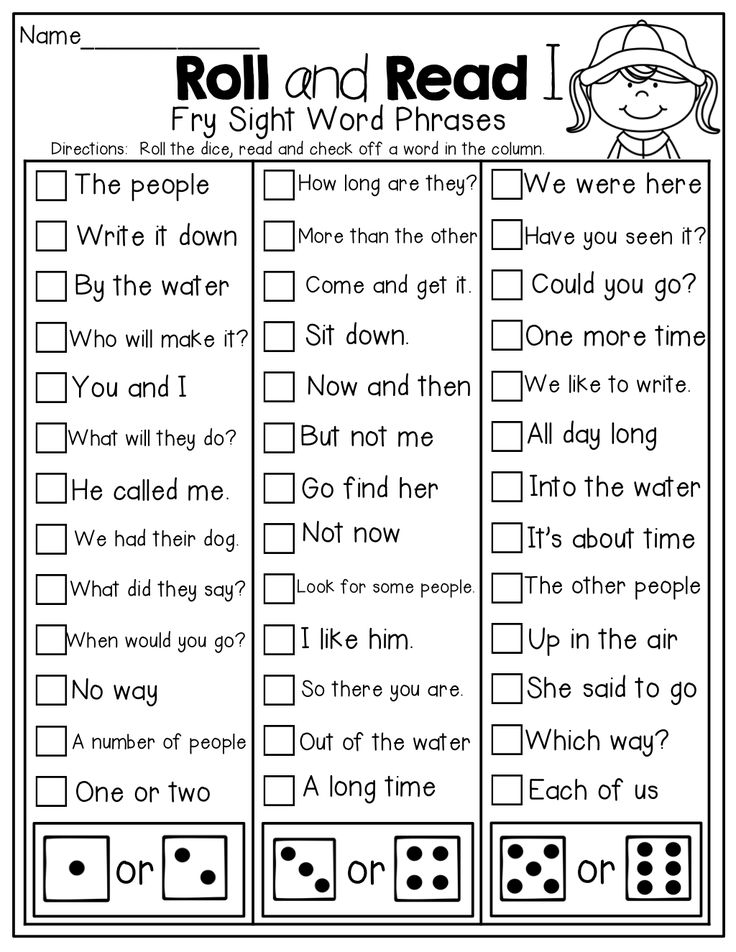 Or by syllables?
Or by syllables? Some children begin to read Russian immediately in whole words, not divided into syllables. Moreover, this small line between syllables in the educational text usually irritates such children very strongly, irritates at the physiological level, like a speck in the eye. Very often no one has ever taught such children to read. Surrounded by books in Russian in childhood, signs, packages with words written on them, these children, as a result of some kind of inner intuition and exceptional natural curiosity, begin to read Russian at once in whole words. They begin to read, as a rule, very early, at 3-4 years. And, being adults, they do not remember and, accordingly, cannot tell how they began to read. I am well acquainted with several such “self-taught readers”, now very adult people. They told me that the most unpleasant thing for them in the first grade was precisely this dash that divided the words in the primer into syllables. And that they could never understand and understand who and why needed to divide words into syllables.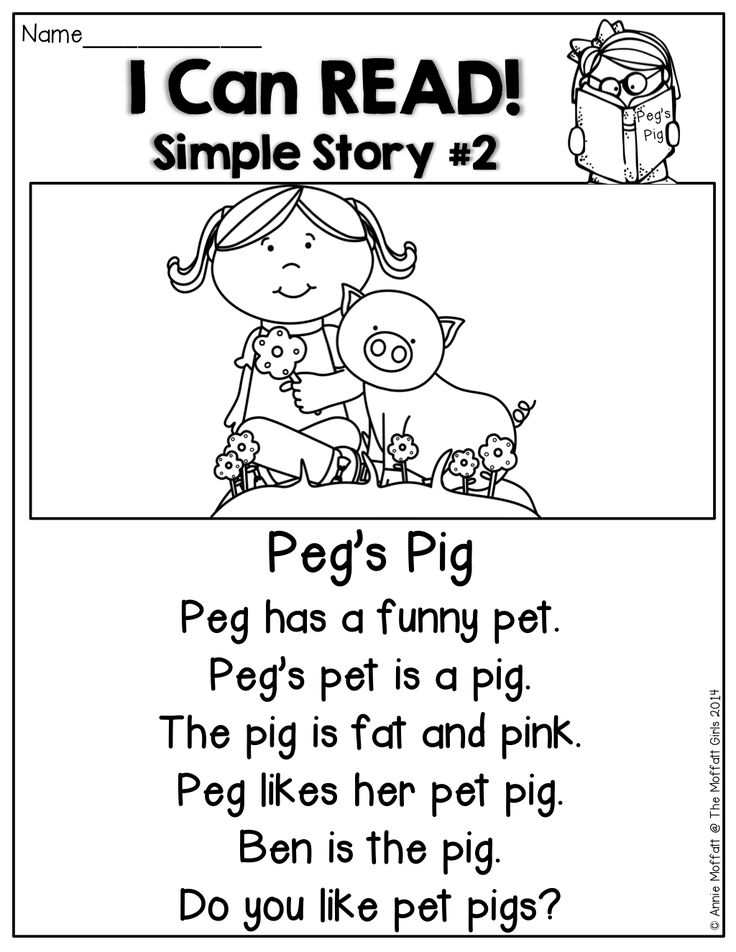
Now about the children. About the English bilingual children I have been teaching to read for the last twenty years. How many of these children, who learn to read Russian and English at the same time at the age of 4-5, begin to read Russian immediately after words? I have not seen statistics anywhere, but I write down such cases in a separate notebook when I encounter them. According to my calculations, such children make up from one to two percent of bilingual children 4-5 years old who begin to read simultaneously in two languages. And one more fact indirectly confirming that there are not very many such children. In all my teaching practice, only three times did mothers ask me to remove the dash that divides the words in the educational text into syllables, the dash that interfered with the child and even irritated him. That is, it is quite possible to say that in whole words bilingual children on their own they don't start reading Russian very often at an early age.
In basic school, children learn to read whole words at once. First, short ones - do, not, dog, log - then more authentic. There is no concept of division into syllables in English, due to its nature. And, accordingly, there is no concept of reading by syllables at the elementary level either. And for the initial English reading for children, this is quite organic, since this is directly due to the way sounds are written in writing in English and the grammatical structure of the English language, in which the endings change very, very rarely.
Is there a connection between reading in English and reading whole words in Russian at once? Yes there is. Very often a bilingual child transfers the technique of reading in English to reading in Russian. Especially if all the adults around are sure that this is normal. “They are taught that way at school, so she reads Russian in words,” the mother of one student told me. Yes, of course, a girl of 6 years old read, read exactly as she was taught at school: she looked at the word for a long time, making an incredible effort on herself, trying to “put” the letters together and pronounce the whole word.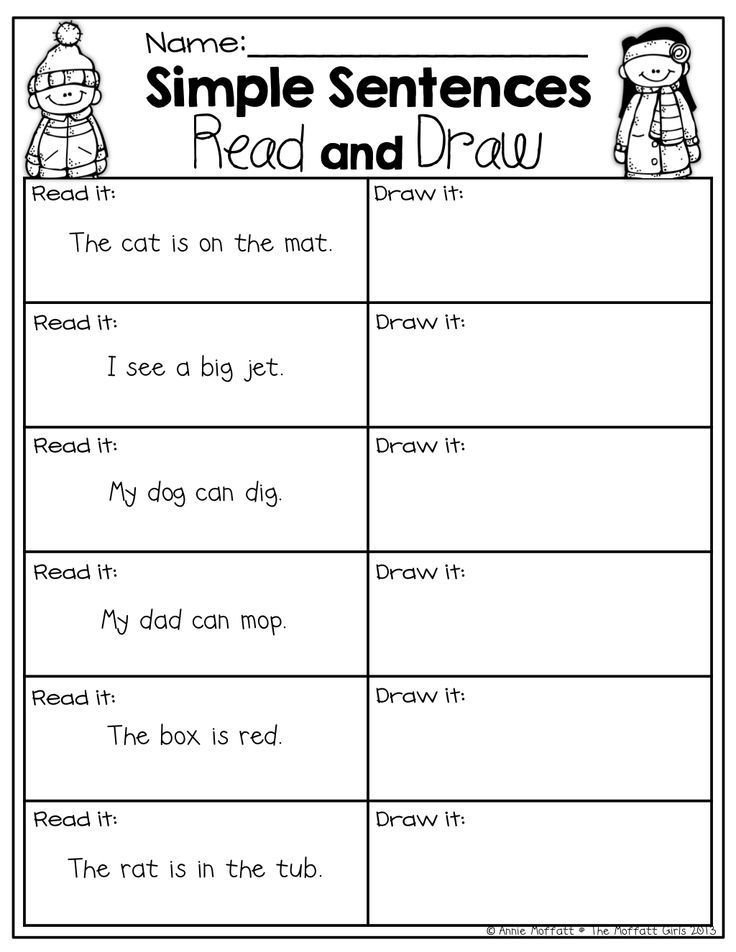 Some things she succeeded, some things she didn't. But it was immediately clear that reading whole words at once was not so easy for her. Indeed, in the Russian language, almost all words change, and they cannot be remembered visually as static “pictures”. Simply due to the different structure of the Russian language, the basis of grammatical management in which there is a change in cases, genders and numbers. Endings, prefixes change, and even “the root is an invariable part of a word” very often varies. Runaway vowels “run away” from the root, sometimes the root of the word is reduced to a short letter combination. The Russian language lives its separate life 🙂. In Russian, words are very, very far from static pictures. Therefore due to the peculiarities of the grammatical structure of our speech, the mechanical transfer of the technique of reading in English in whole words to Russian reading does not work, it is not convenient to read in Russian, it is difficult and it does not give pleasure to the child.
Some things she succeeded, some things she didn't. But it was immediately clear that reading whole words at once was not so easy for her. Indeed, in the Russian language, almost all words change, and they cannot be remembered visually as static “pictures”. Simply due to the different structure of the Russian language, the basis of grammatical management in which there is a change in cases, genders and numbers. Endings, prefixes change, and even “the root is an invariable part of a word” very often varies. Runaway vowels “run away” from the root, sometimes the root of the word is reduced to a short letter combination. The Russian language lives its separate life 🙂. In Russian, words are very, very far from static pictures. Therefore due to the peculiarities of the grammatical structure of our speech, the mechanical transfer of the technique of reading in English in whole words to Russian reading does not work, it is not convenient to read in Russian, it is difficult and it does not give pleasure to the child. And against the background of a rather meager choice of books for initial reading in Russian compared to English, this whole situation usually develops into children's refusal to read Russian, and later into a refusal to study the language and, in the most unpleasant cases, into a refusal to speak Russian.
And against the background of a rather meager choice of books for initial reading in Russian compared to English, this whole situation usually develops into children's refusal to read Russian, and later into a refusal to study the language and, in the most unpleasant cases, into a refusal to speak Russian.
The second argument follows directly from the phonetics and graphics of the Russian language , that is, the way in which we record sounds in writing and, accordingly, teach children to read these recorded sounds. Surprisingly, the syllable breakdown of the initial reading instructional text is the subject of fierce debate. I would never have thought that I would have to prove this seemingly indisputable fact, but if the discussion is already underway, I will explain my opinion. Russian is a phonetic language. We write down sounds with letters according to a seemingly simple principle: we pronounce a sound and write it down with a letter. But this is only apparent simplicity 🙂. Yes, of course, compared to English, we have a very simple system for recording sounds in writing. But in fact, everything is not so simple, especially if you are 4-5 years old and you need to decipher this system of codes. Do not be surprised, when reading, the child deciphers the code with which we transmit speech sounds in writing.
Yes, of course, compared to English, we have a very simple system for recording sounds in writing. But in fact, everything is not so simple, especially if you are 4-5 years old and you need to decipher this system of codes. Do not be surprised, when reading, the child deciphers the code with which we transmit speech sounds in writing.
How do we do it in Russian? There are 33 letters in the alphabet in total. Of these, 10 vowels, 21 consonants and 2 voiceless are soft and hard signs. And here I have to tell you very unpleasant news: almost all letters in Russian can mean several different sounds. Sounds that are denoted by the same letter make up the sound value of the letter. The easiest to read are the main vowels. There are five of them - a , o . This group includes the vowel and , which in the overwhelming majority of cases acts as the main vowel. But even the basic vowels, it turns out, record several sounds. We adults just don't see it. For example, the vowel letter “o” means three whole sounds:
But even the basic vowels, it turns out, record several sounds. We adults just don't see it. For example, the vowel letter “o” means three whole sounds:
- sound [o] - as in the word st o l. This is the basic sound meaning of the letter 9.0005 about , she acts in her main meaning when she is in a strong position;
- sound [a] - as in the word about points. Here the letter about is in its secondary sound value, since the sound it conveys in writing is in a weak position;
- a sound similar to a weakened sound s, having a special name “er” among specialists in Russian phonetics and graphics and a special designation with such a special sign [b]. We hear this sound in the word hol about days about [cold]. Here, too, the letter or in the second and third syllables is in its secondary sound meaning, since the sounds that it conveys in the letter are in a weak position.
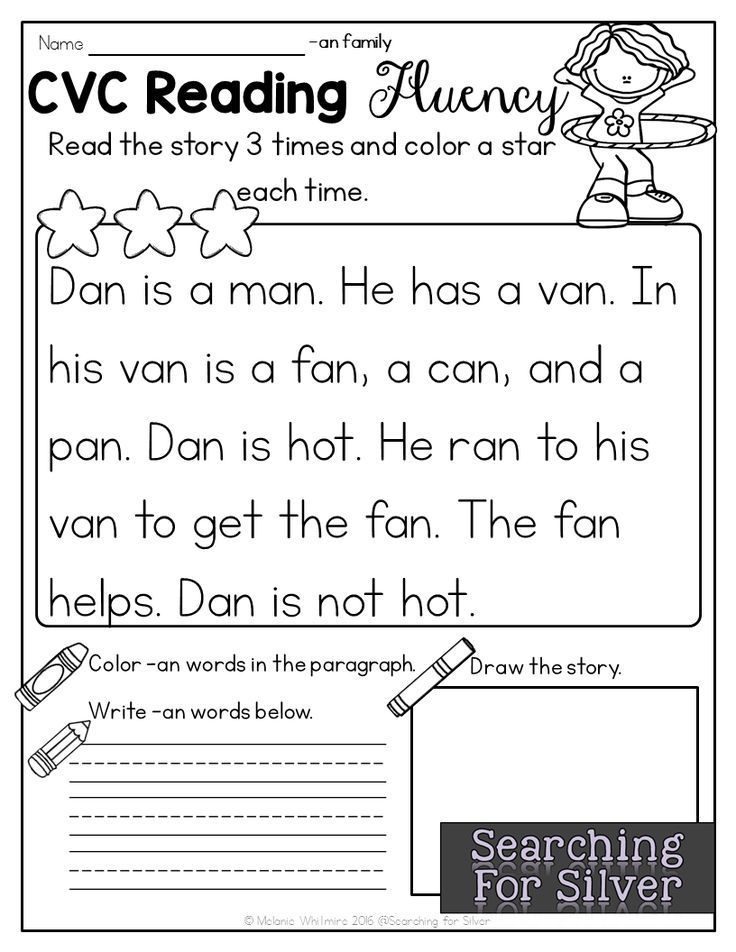 Specialists in Russian phonetics will say that in this case there is a second degree of reduction of the vowel to in stressed syllables.
Specialists in Russian phonetics will say that in this case there is a second degree of reduction of the vowel to in stressed syllables.
The remaining vowels are a very complicated matter, especially in relation to the initial reading. For both the child and the teacher. These are iotized vowels - i, e, e, u. Depending on the position in the word, they can record two sounds - [ja], [je], [jo], [ju]. Or they can perform a completely different function - to indicate the softness of consonants in writing.
And here we find ourselves in a very interesting situation, which we, adults, accustomed to and absorbed from childhood, our sound recording system, simply do not notice. We completely do not notice one grandiose fact: 15 consonants record at least two sounds - hard and soft. But in fact, much more: both hard and soft consonants can be voiced and deaf. But for a bilingual child, it is the division of consonants according to hardness-softness that is fundamental .
Therefore, let's focus on this moment. The consonant is pronounced as a hard or soft sound when read, depending on which vowel is written after . In such a complex system of recording sounds, the vast majority of consonant letters of the Russian alphabet are involved - 15 out of 21 consonant letters! Therefore, when reading, especially at the beginner level, the main task of our 4-5 year old cryptographer is to guess, how exactly how to read a consonant - as a hard or soft sound. Will it be led or will it be ox ? And it is possible only in the syllable . Only when the child sees the whole combination of letters. And when it focuses on the syllable as such, and not on the word as a whole. Since in different syllables of a word the same letter can denote either a hard or a soft sound. And in a syllable it is impossible. For example, in the words ducklings and kittens the child must first read the soft consonant [t '] and immediately switch to the hard sound [t], which is indicated by the same letter.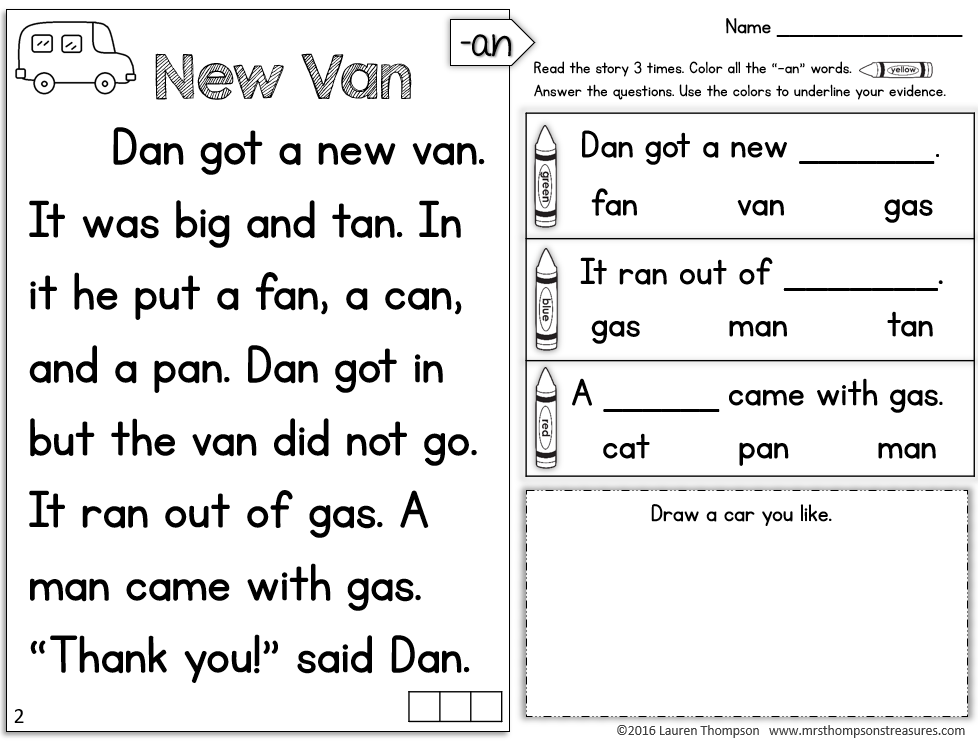 Difficult? Incredibly! Especially if you are 4-5 years old and go to an English school every day and read in a completely different language, using a completely different alphabet for this. Therefore, it is not convenient for us to read words , it is convenient for us to start learning to read by syllables .
Difficult? Incredibly! Especially if you are 4-5 years old and go to an English school every day and read in a completely different language, using a completely different alphabet for this. Therefore, it is not convenient for us to read words , it is convenient for us to start learning to read by syllables .
Summing up, let's say that the sound meaning of a letter - that is, how exactly it should be pronounced when reading - depends on the place of the letter in the syllable. A letter of the Russian alphabet conveys not a separate, isolated sound, but a sound as part of a syllable, taking into account the position of this syllable in the word (before or after the stressed syllable, for example). That is why in Russian you need to teach a child to read only and exclusively in syllables .
I hope that you were interested, and I didn't tire you too much with the intricacies of Russian phonetics.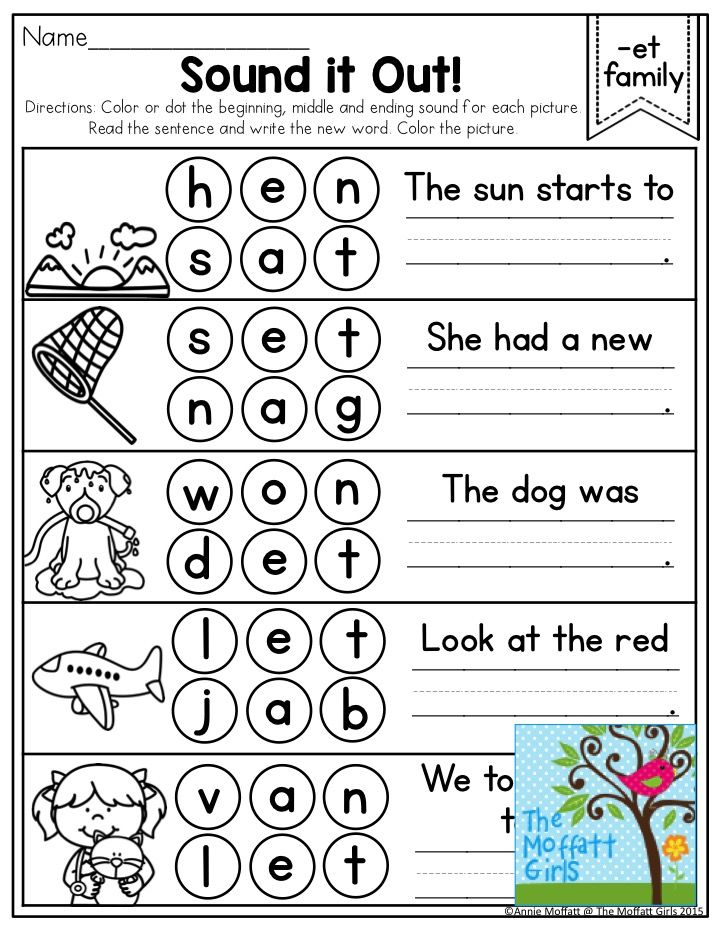
Sincerely, Vika Tyazhelnikova
English from scratch. Learning to read
What is the first thing a child is taught when he comes to school? Of course, the alphabet, and then reading and writing. Any teaching of a foreign language begins with the same. Is it possible to speak English without mastering the literacy? Yes, if you completely immerse yourself in the language environment. But even under such ideal conditions as living in an English-speaking country, you will still feel like a child in the company of adults. Without a decent knowledge of English, it is not easy not only to live in an English-speaking country, but also to travel the world. Even the airport is much easier to navigate for those who know how to read English.
So, it is clear that in order to master the language, you will definitely need to learn how to read. Any foreign course is built in such a way that in the first lessons you learn the alphabet and pronunciation. At the initial stages, of course, you will need to make an effort to remember how certain letters and letter combinations are read.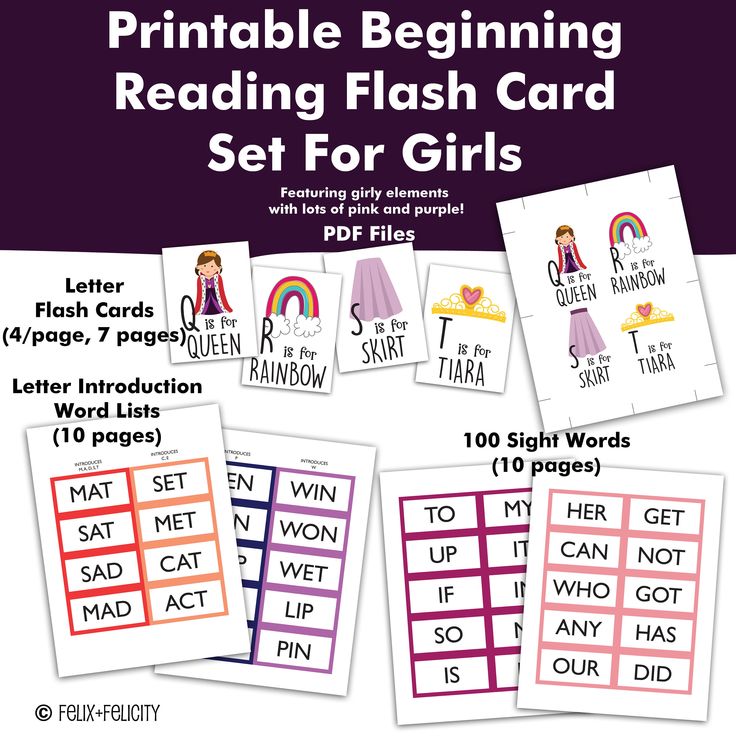 But having mastered English literacy in the first lessons, you can easily voice any text, even filled with unfamiliar words.
But having mastered English literacy in the first lessons, you can easily voice any text, even filled with unfamiliar words.
How to learn to read English correctly. Some Tips
There are many ways to learn to read English. Someone resorts to the help of transcription. Others write down the pronunciation of English words using Russian letters. There are people who like to read aloud a lot. And someone focuses on audio files. In fact, all methods are good in their own way. When learning to read, it is not enough to learn letters, diphthongs and remember all the rules. In this matter, constant practice is important. Here are some tips to help you develop your English reading skills:
- Learn to listen to English. Oddly enough, but the ability to hear what the British and Americans say directly affects our ability to read. At the initial stage, adapted books are very useful, provided with discs with audio recordings of the texts themselves. Having before your eyes the text that the announcer reads, you learn to read correctly on a subconscious level.
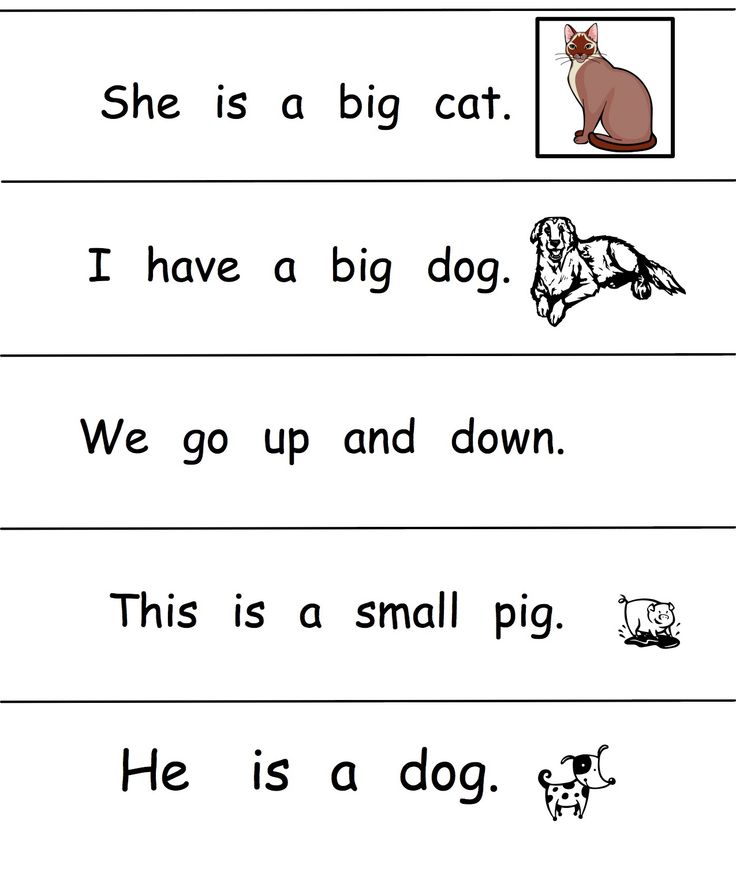
- Try to read every day. Make it a rule to read English books for at least 20-30 minutes every day. Choose books according to your level of language proficiency. At the initial stage, you can read fairy tales and short stories. And in order to develop spoken language skills, it is also useful to occasionally look at English-language periodicals and blogs.
- Get used to writing in English. As you know, reading and writing are directly related. One follows from the other. If a person reads English at a decent level, then he will most likely state his thoughts on paper very competently. Getting to know native speakers is one of the most affordable and effective ways to improve your reading and writing skills. Communication in modern society is often based on correspondence in chats and social networks. Therefore, having met a native speaker, you yourself will not notice how correspondence in English will become part of everyday life. Introverts can be advised to keep a diary, which will be filled with entries in English.
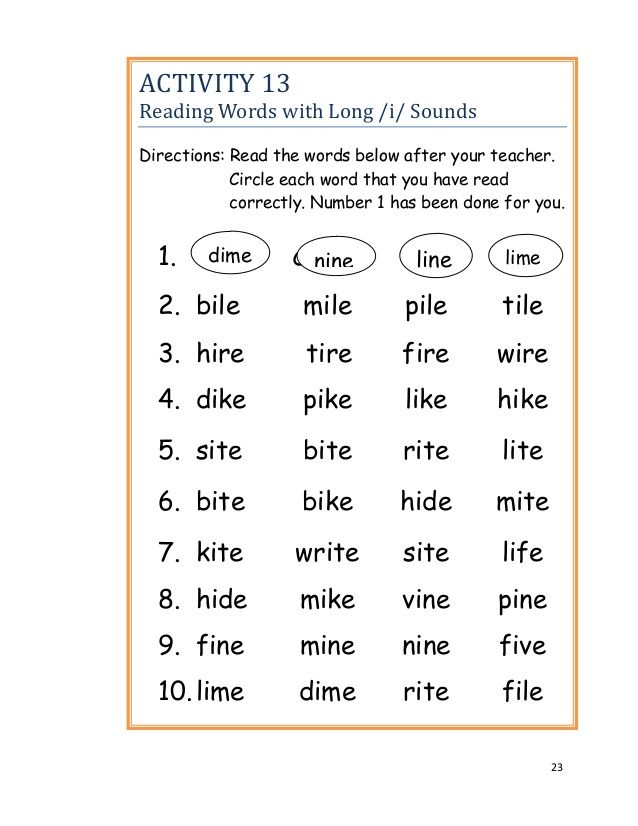
- Learn English tongue twisters and poems. For example: Whether the weather be fine, or whether the weather be not. Whether the weather be cold, or whether the weather be hot. We'll weather the weather whether we like it or not Tongue twisters help to work out the pronunciation of complex sounds. Poems enrich vocabulary.
- Practice pronunciation. Spend time practicing those sounds that are unusual for Russian speakers. For example, the combination th is not given to every student the first time. And, of course, the easiest way to learn the correct pronunciation is to listen to the dialogues and monologues of native speakers. Modern TV series with English subtitles help to deliver the correct speech.
Reading in English . Alphabet
Suppose you want to learn to read English from scratch. In this case, you will have to start from the very beginning, that is, from the alphabet, consisting of 26 letters.
English alphabet (alphabet)
English has 20 consonants and 6 vowels.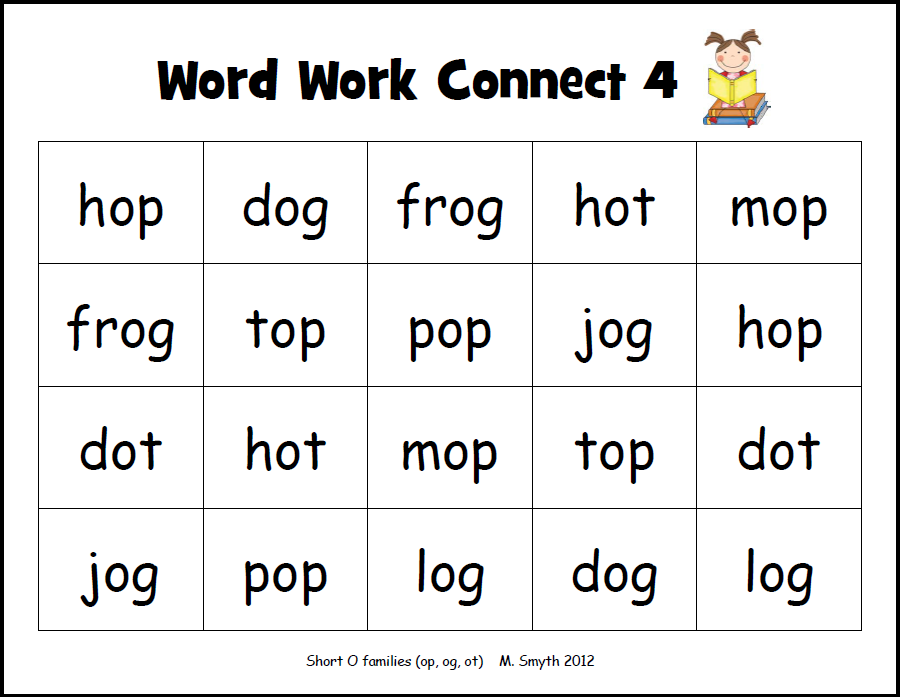 Vowels include letters: A, E, I, O, U, Y.
Vowels include letters: A, E, I, O, U, Y.
In order to learn the alphabet faster, you can turn to children's songs. Bright cards with letters also help a lot.
There are a few letters in the English language that "behave" differently from the rest. So, almost all consonants in English make one sound. But X is an exception. This letter conveys two sounds at once [ks]. It is also worth paying attention to the last character in the English alphabet. The pronunciation of Z depends on whether we are dealing with the British or American version of the language. In the first case, the letter is read as [zed], in the second - as [zi:].
The pronunciation of the letter R is also very different between the Americans and the British. In the UK, this is a long sound a [a:]. In the American alphabet - ar [a: r].
Transcription
Reading English will be much easier if you learn the transcription, which is a system of signs used to record sounds.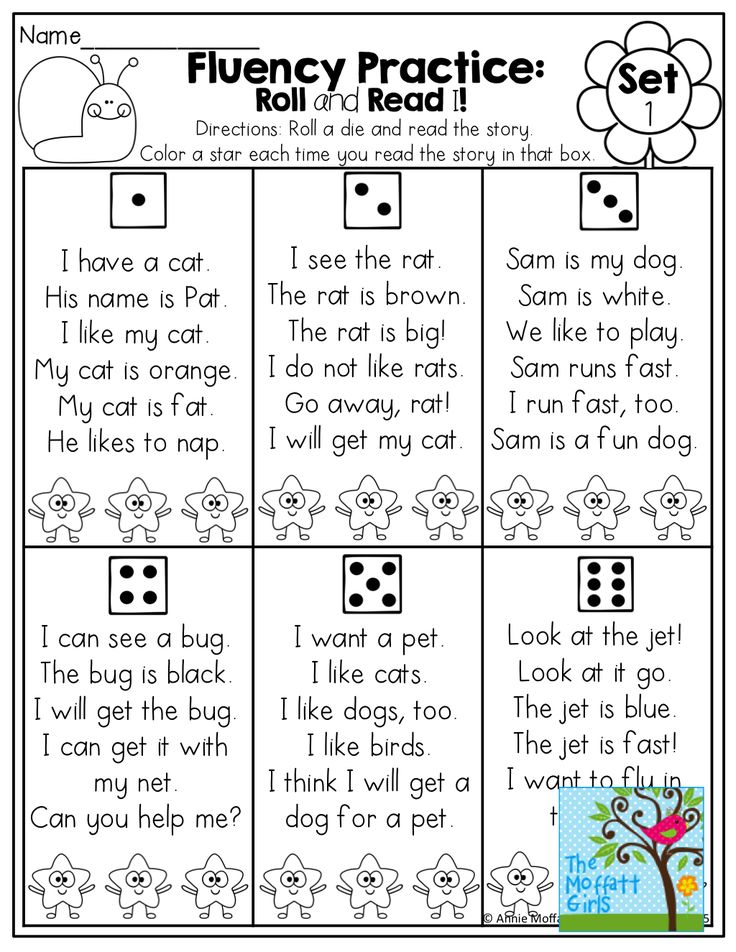 Since this or that letter may sound differently depending on what signs surround it, it can be difficult for a foreigner to read some words correctly without transcription. However, recently many students refuse to memorize the symbols of English phonetics. Indeed, thanks to the Internet, today you can easily listen to how the right word is read.
Since this or that letter may sound differently depending on what signs surround it, it can be difficult for a foreigner to read some words correctly without transcription. However, recently many students refuse to memorize the symbols of English phonetics. Indeed, thanks to the Internet, today you can easily listen to how the right word is read.
How to read consonants
It's easy enough to remember how to read consonants in English. The fact is that you can easily find analogues in Russian for many consonant sounds. For example, the English Mm is, in fact, the familiar M [um]. And in the word lemon, the pronunciation of the consonant L is similar to the Russian L. Also, analogues in our language can be found with the consonants N, B, F, Z.
The pronunciation of the letter C depends on which characters it is adjacent to. If C is followed by the vowels I, E, Y, then it will be read as [s]. For example, in the word cinema (cinema). Before other vowels, C reads like [k]: come (come), camel (camel), cake (cake).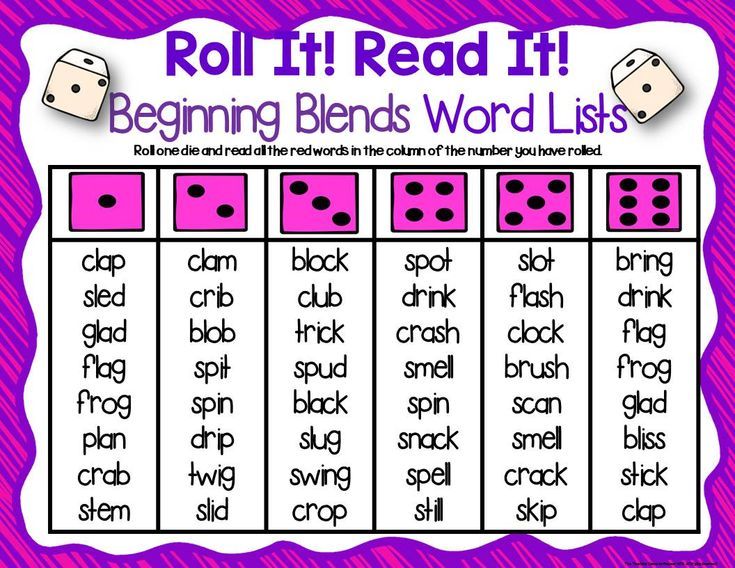
The consonants T and D in English are very similar to Russian T and D, only they are most often pronounced with a breath. But the letter Q will always be accompanied by a vowel U. The letter combination Qu is pronounced as [kw]. For example, in the word queen (queen). The consonant G before the vowels I, E, Y will be read as [j] - [dʒ]. For example, orange (orange), badge (icon). Before all other letters, G is pronounced like [g]: game (game), gale (storm).
Another unusual letter for the Russian language is Jj, which is always pronounced as [dʒ]. This consonant is very common in the names of representatives of English-speaking countries: Jack (Jack), James (James), Jane (Jane).
Below we provide a list of all English consonants with transcription:
Bb - [b]
Cc - [s] or [k]
Dd - [d]
Ff - [f]
Gg - [dʒ] or [g]
Hh - [h]
Jj-[dʒ]
Kk - [k]
Ll - [l]
mm - [m]
Nn-[n]
Pp - [p]
Qq - [kw]
Rr - [r]
Ss - [s] or [z]
Tt - [t]
Vv - [v]
Ww - [w]
Xx - [ks] or [gz]
Zz - [z]
Vowels
Reading in English for beginners is usually complicated not by consonants, which are often read the same way as they sound in the alphabet, but by vowels.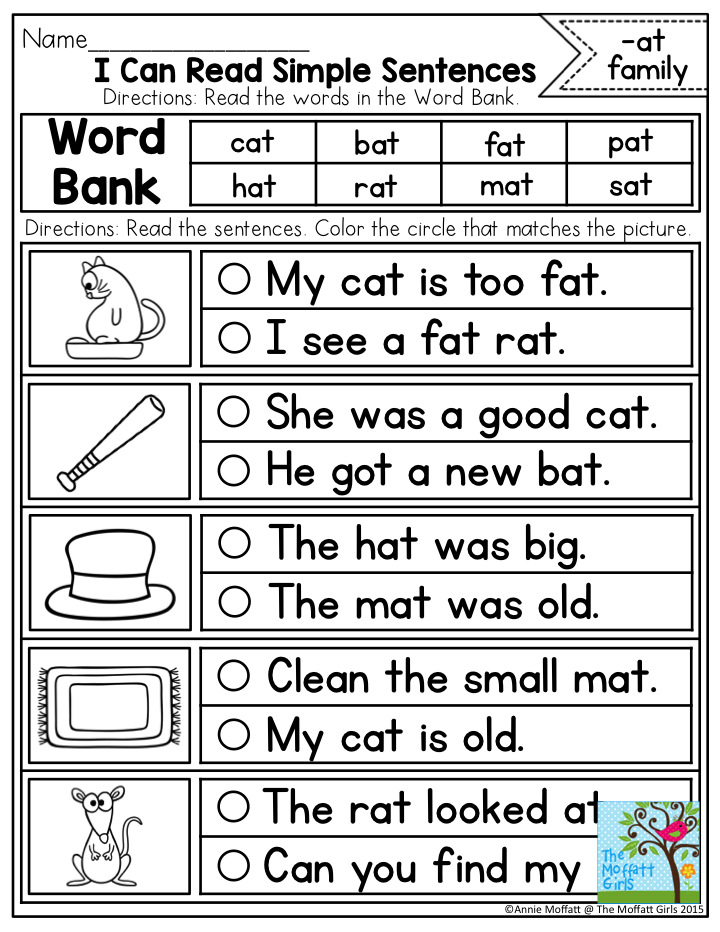 There are only 6 vowels in English, but the problem is that each of them, depending on the position in the word, can have several reading options. Much is determined by whether the letter is in stressed or unstressed position. For stressed vowels, there are 4 types of syllable in English:
There are only 6 vowels in English, but the problem is that each of them, depending on the position in the word, can have several reading options. Much is determined by whether the letter is in stressed or unstressed position. For stressed vowels, there are 4 types of syllable in English:
- An open syllable is a syllable ending in a vowel or a consonant (except R) followed by a silent E. A stressed vowel in an open syllable is pronounced as it is pronounced in the alphabet. For example, plane (plane), placement (room), he (he).
- A closed syllable is a syllable that ends in one consonant (excluding r) or several consonants. The stressed vowel in such a syllable is transmitted in a short and clear sound. The vowel A is pronounced as the middle between e and a [æ]. For example, cat (cat). The letter O in stressed position in a closed syllable sounds like [ɒ] in the word dog (dog), E - like [e] (for example, ten - ten). Vowels Y and I in a closed syllable are pronounced as [i] (little - small, myth - myth).
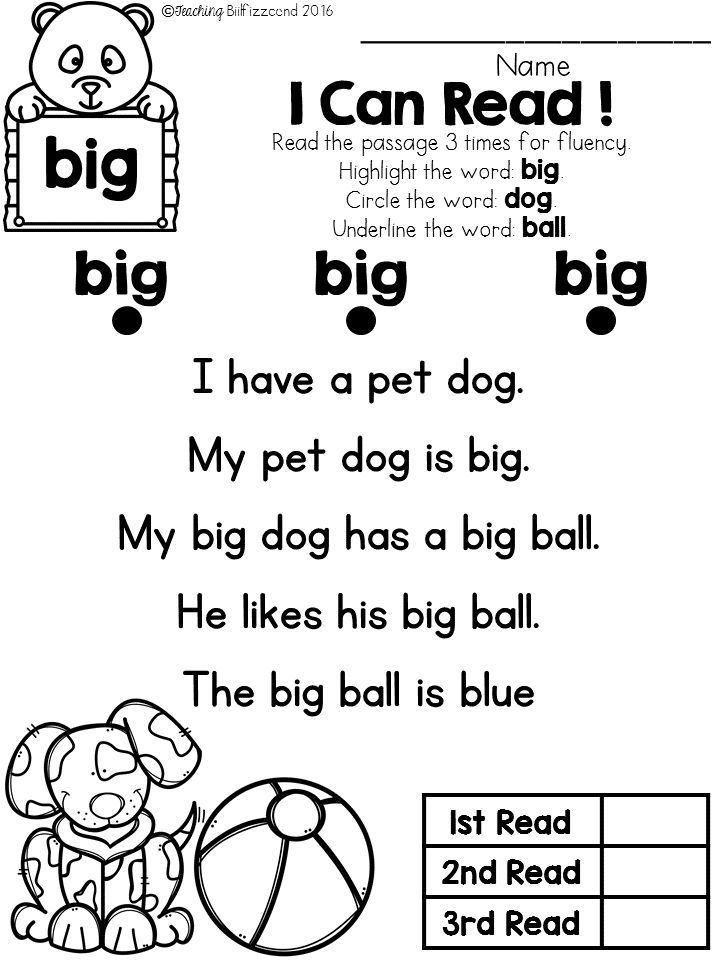 Finally, the stressed letter U will resemble a somewhat slurred short sound and [ʌ] (cut - cut).
Finally, the stressed letter U will resemble a somewhat slurred short sound and [ʌ] (cut - cut). - If a stressed vowel is followed by the consonant R alone or in combination with other consonants, then the vowels will be read as follows:
- a [ɑː] - long Russian sound a - park (park)
- o [ɔː] - lingering long Russian sound o - sport (sport)
- e [ɜː] - resembles the Russian sound ё in the word "honey" - fern (fern)
- y [ɜː] - byrd (bird)
- i [ɜː] - first (first)
- u [ɜː] - burn (burn)
- If a stressed vowel is followed by a consonant R in combination with any vowel, then the syllables are divided into diphthongs or triphthongs (complex sounds consisting of two or three letters pronounced as one). In this combination, the vowel A sounds like [ɛə]. For example, in the word fare (fare, fare). The vowel O in the fourth type of syllable will be pronounced as a long Russian sound O [ɔː].
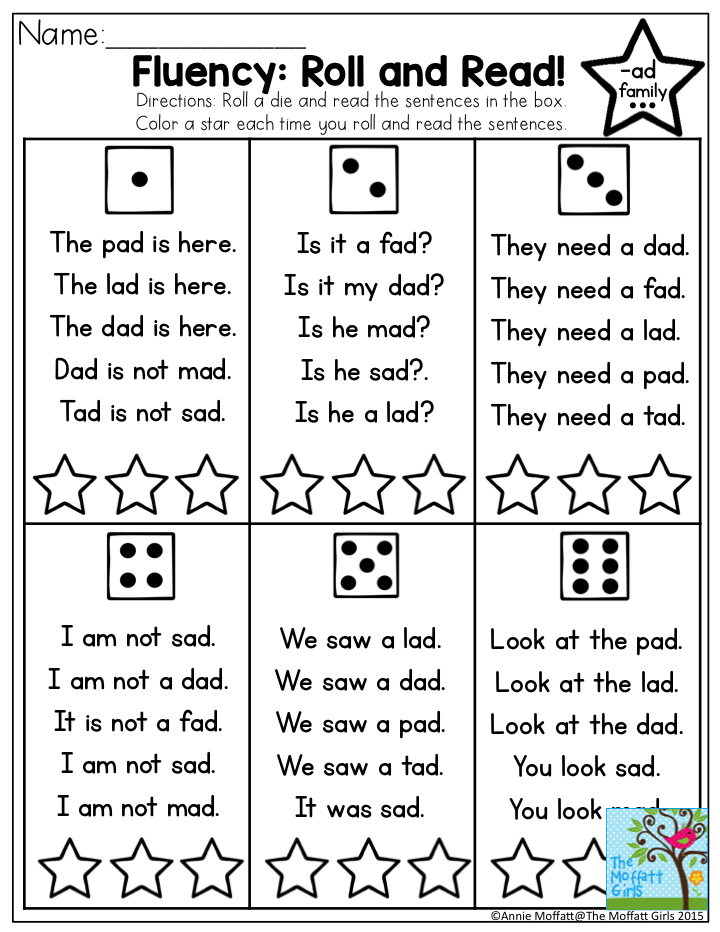 An example here is the word more (more). The vowel E under stress is pronounced as something of a fusion between Russian I and A [ɪə], for example mere (only). Y and I with the fourth type of syllable are read as [aɪə]. For example, in the words fire (fire) and tire (tire). The letter U turns into the sound [jʊə] (during - during).
An example here is the word more (more). The vowel E under stress is pronounced as something of a fusion between Russian I and A [ɪə], for example mere (only). Y and I with the fourth type of syllable are read as [aɪə]. For example, in the words fire (fire) and tire (tire). The letter U turns into the sound [jʊə] (during - during).
Learning to read consonant diphthongs
At the initial stages of learning a foreign language, students will also need to find the answer to the question of how to read diphthongs in English. This term refers to combinations of two letters that give one sound.
Table of English diphthongs. Consonants
How to read different combinations of vowels?
If you are seriously wondering how to learn to read in English, you will also have to study diphthongs with vowels. Here is some of them:
- ai, ay, ei, ey - [ei] - aim (goal, task)
- ai - [eə] - air (air).
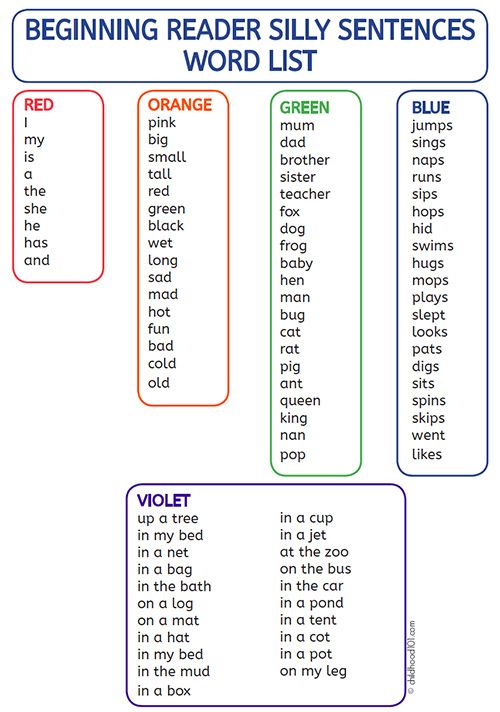 Before consonant R
Before consonant R - ae - [ɪ:] - aegis (protection, aegis)
- au - [o] - autumn (autumn)
- ea, ee - [ɪ:] - meal (food). Only if the vowel is not followed by the letter R
- ea, ee - [ɪə] - dear (dear). In position before R
- ie - [ɪ:] - field (field).
- oa - [ou] or [o:] - boat (boat)
- oi, oy - [oi] - enjoy (enjoy)
- oo [u:] or [u] or [uə] - moon (moon), book (book), poor (poor)
- ou - [au] - ground (earth). In the middle of a word
Silent consonants
Those who have been reading English for quite some time rarely remember all the rules for pronouncing diphthongs. And even more so in the process of reading, not everyone pays attention to the fact that some consonants are dumb. But at the initial stage of learning, it is important to remember that the following letters are not read in English:
- G and K before N at the beginning and end of a word. Foreign (foreign)
- B and N after M.
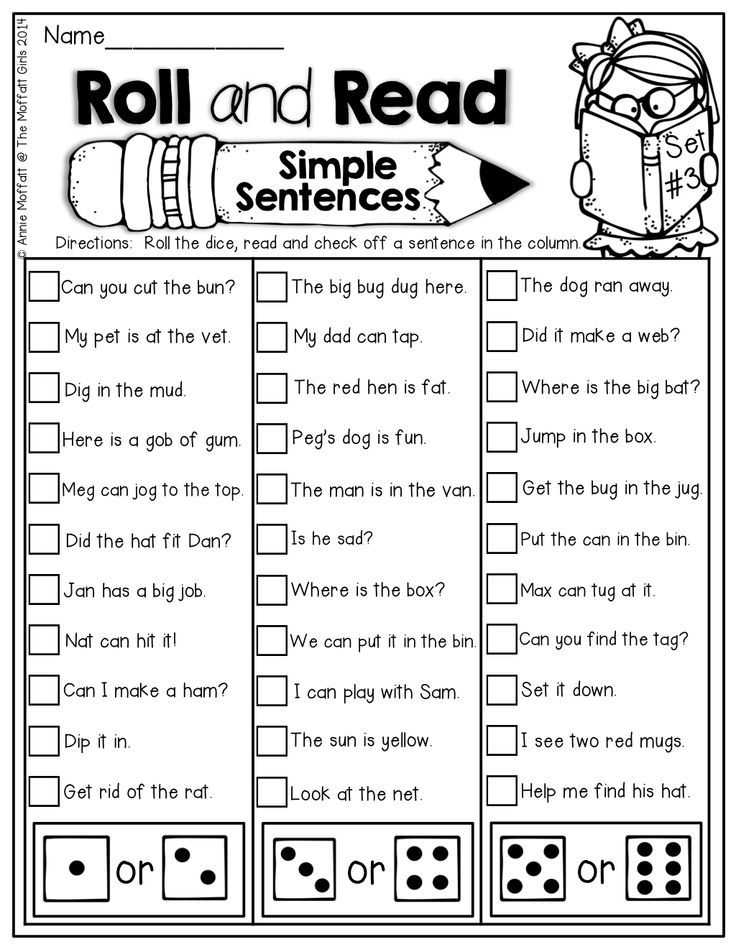
Learn more

